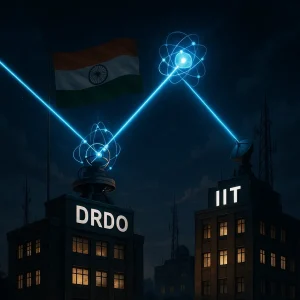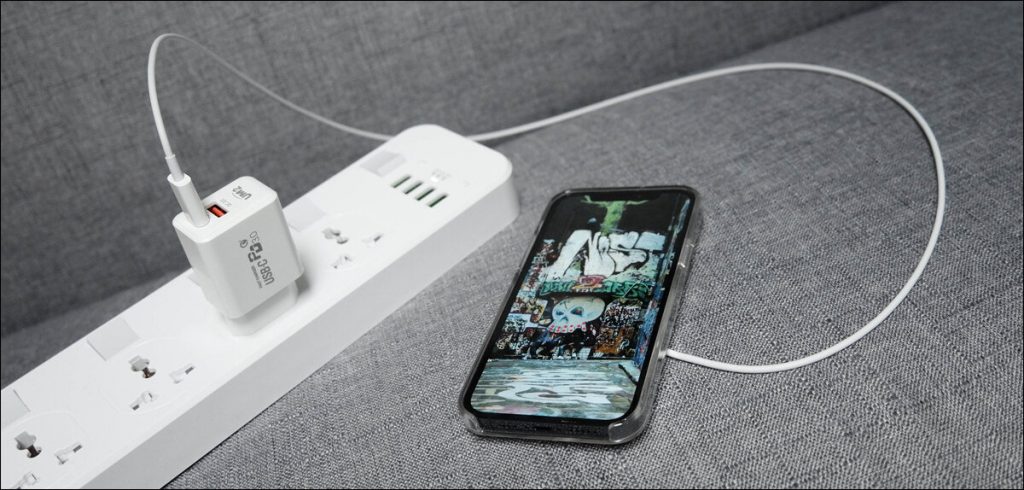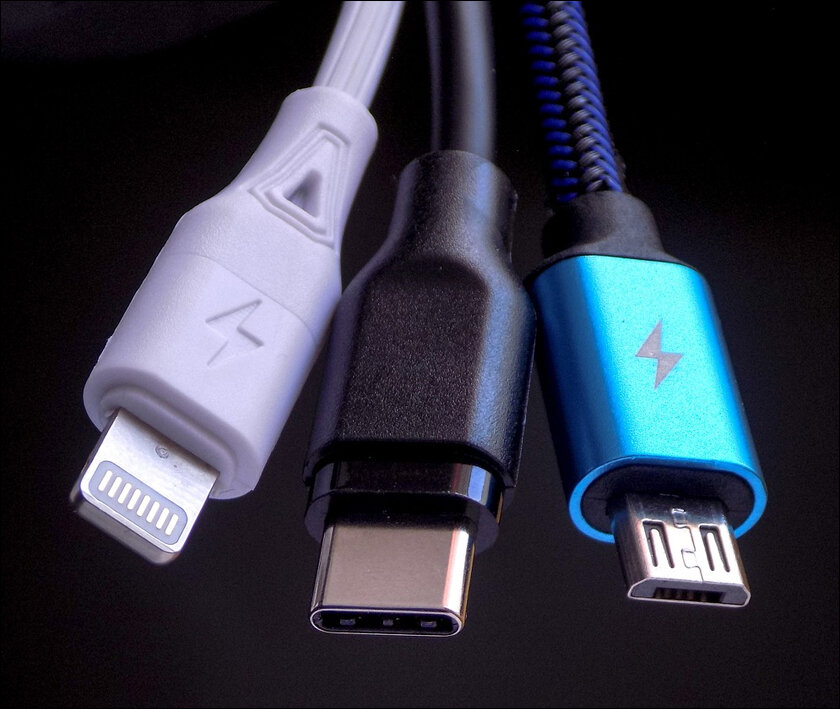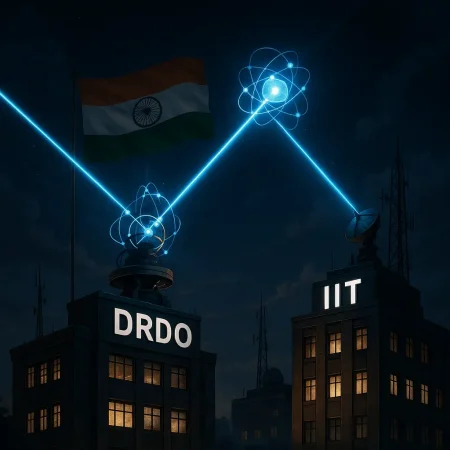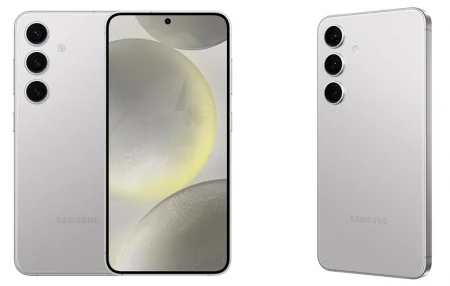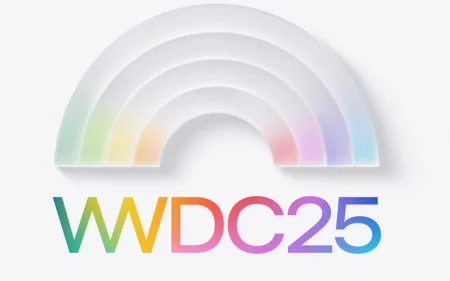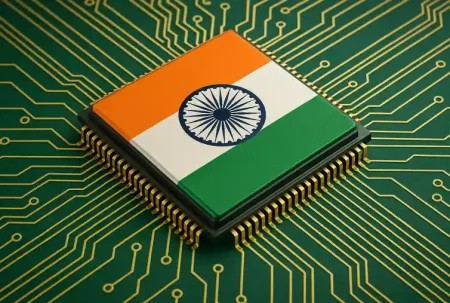Uma on why this one single charger reduces our need to rummage through our stack of chargers to find that one ‘perfect’ charger that will fit everything.
Apple is finally moving to USB-C, read the headline. While many other devices were already on it, like the Google Chromebook Pixel, Lenovo Yoga 2 Pro, Samsung Galaxy Note 10., Nokia N1 tablet, OnePlus 2, Xiaomi Mi 5, Huawei Mate 9 and HTC 10, Apple still continues to run on older connectors like iPhone SE (2nd/3rd generation), iPod touch (7th generation), Apple Watch Series 3 and earlier and HomePod mini.
For the unversed, USB-C is the newer, more versatile connector than USB-A. It is reversible, so you don’t have to worry about plugging it in upside down, and it can carry more power and data than USB-A.
European lawmakers in a bid to lower the 11000 tons of e-waste thrown out in Europe have been trying to set a standard charging port for more than a decade. Apple, however, has been using the proprietary lightning cable, resisting the move. With the new law, Apple has been forced to move to the USB-C cable.
Apple also discontinued shipping chargers with new phones along with the plug points citing reduction of waste creation. Apple said, “To give you a quick brief, Apple aims to become 100% carbon neutral by 2030. So, by removing the charger and the Earpods from the iPhone 12 box, it can cut the packaging by 70% and ship more devices at the same time, which in turn would reduce the shipping-related emissions.”
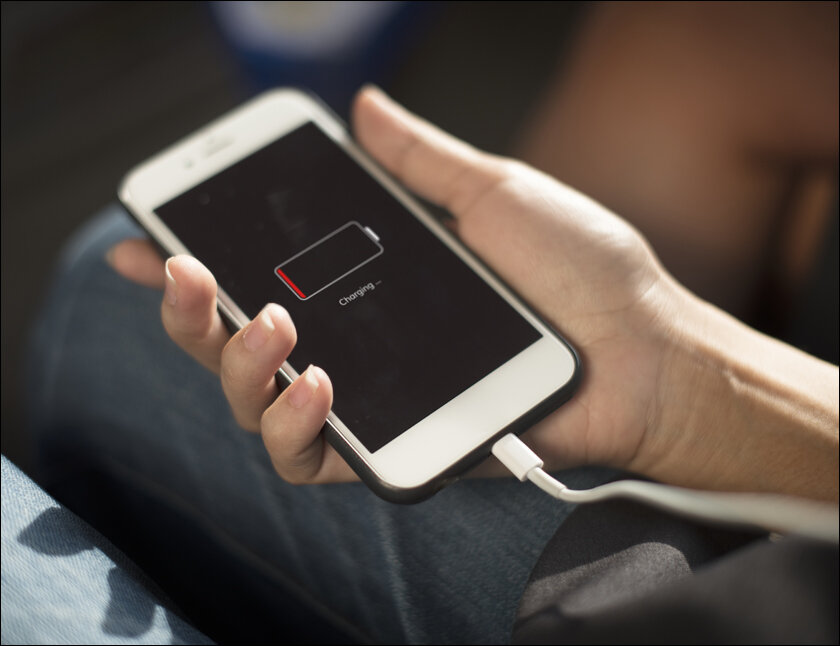
But why USB-C?
USB-C has better data transfer rates, symmetry in its connection to help avoid frustration and broken connections, and the ability to charge large electronics. It also allows for greater power transfer, speeding up the process of charging your devices.
USB-C vs USB-A
USB-A is a rectangular standard connector and has 4 pins that connect a wide variety of devices. It was first introduced in 1996 and has been revised to provide greater speeds over time.
USB-C is reversible and carries more power than previous USB connectors, so it can be used to charge larger devices like laptops with faster data speeds and is a much smaller connector, taking much less space on the devices.
History of Apple and other chargers
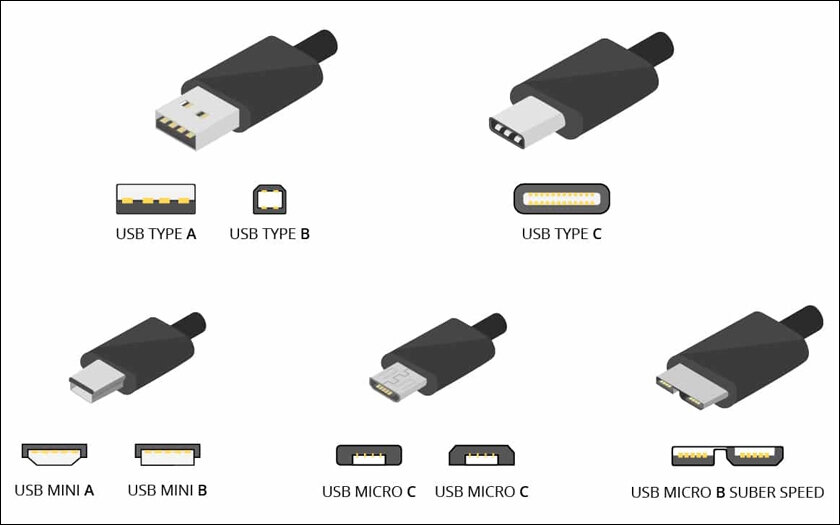
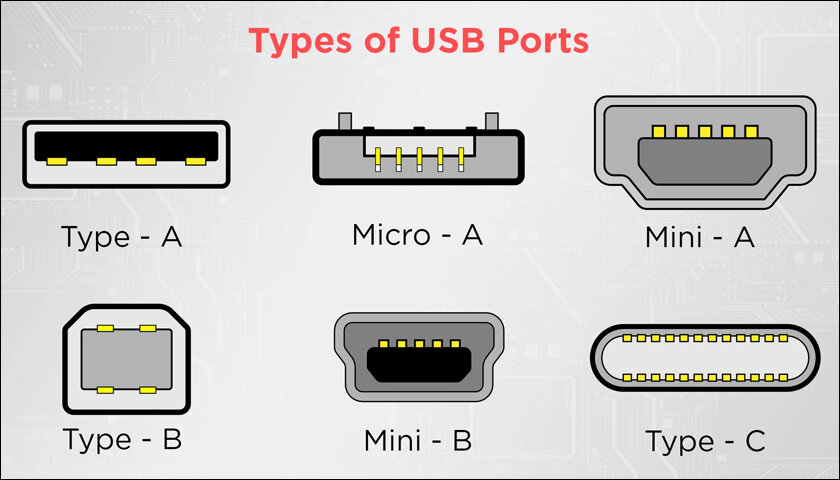
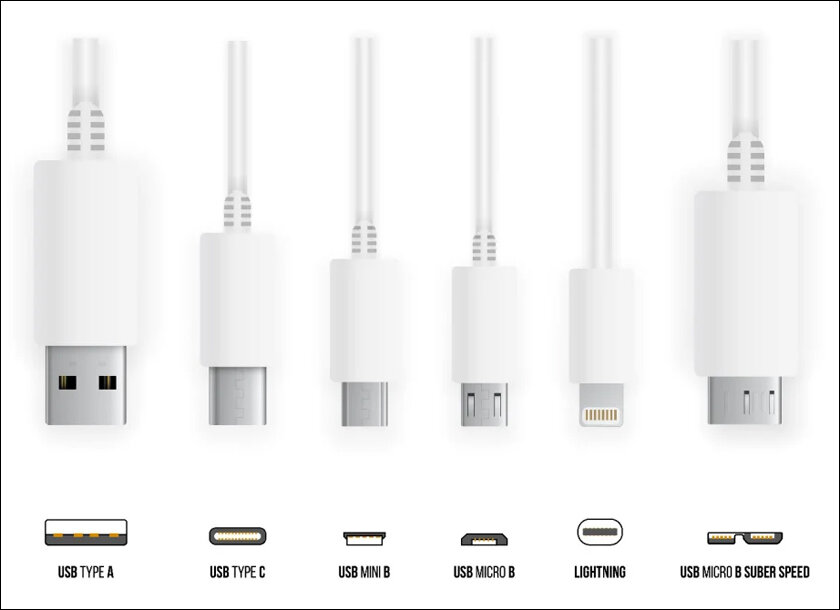

Apple has now moved from the USB-A over the years to USB C through a series of changes.
Timeline:
- 2003: Apple 30-pin Dock Connector
- 2012: Lightning Connector
- 2018: USB-C
- 2023: USB-C (all devices)
Apple has used a variety of chargers over the years, starting with the Apple 30-pin Dock Connector in 2003. This connector was used for a variety of devices, including the iPod, iPhone, and iPad. In 2012, Apple switched to the Lightning Connector, which is still used on some devices today. The Lightning Connector is a smaller and more durable connector than the 30-pin Dock Connector.
In 2018, Apple began using the USB-C connector on some of its devices, including the MacBook Pro and the iPad Pro.
– Source: Apple knowledge repository
What’s next?
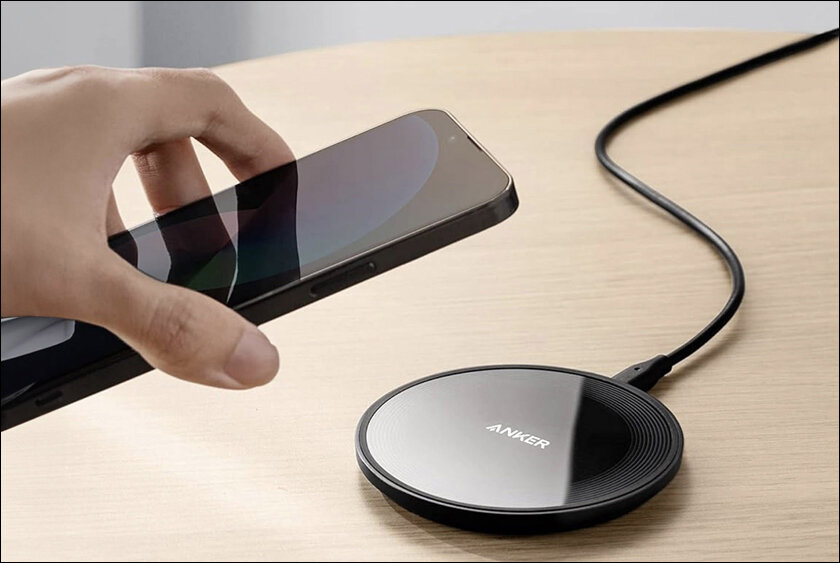
With Wireless charging developing rapidly, it is set to be the future of phone charging stations. It will fully eliminate the need for cables and allows for faster charging times. Charging stations over time have been said to become more compact and able to charge multiple devices simultaneously as well.
Until that happens, here is hoping this one single charger reduces our need to rummage through our stack of chargers to find that one ‘perfect’ charger that will fit everything.
In case you missed:
- None Found

